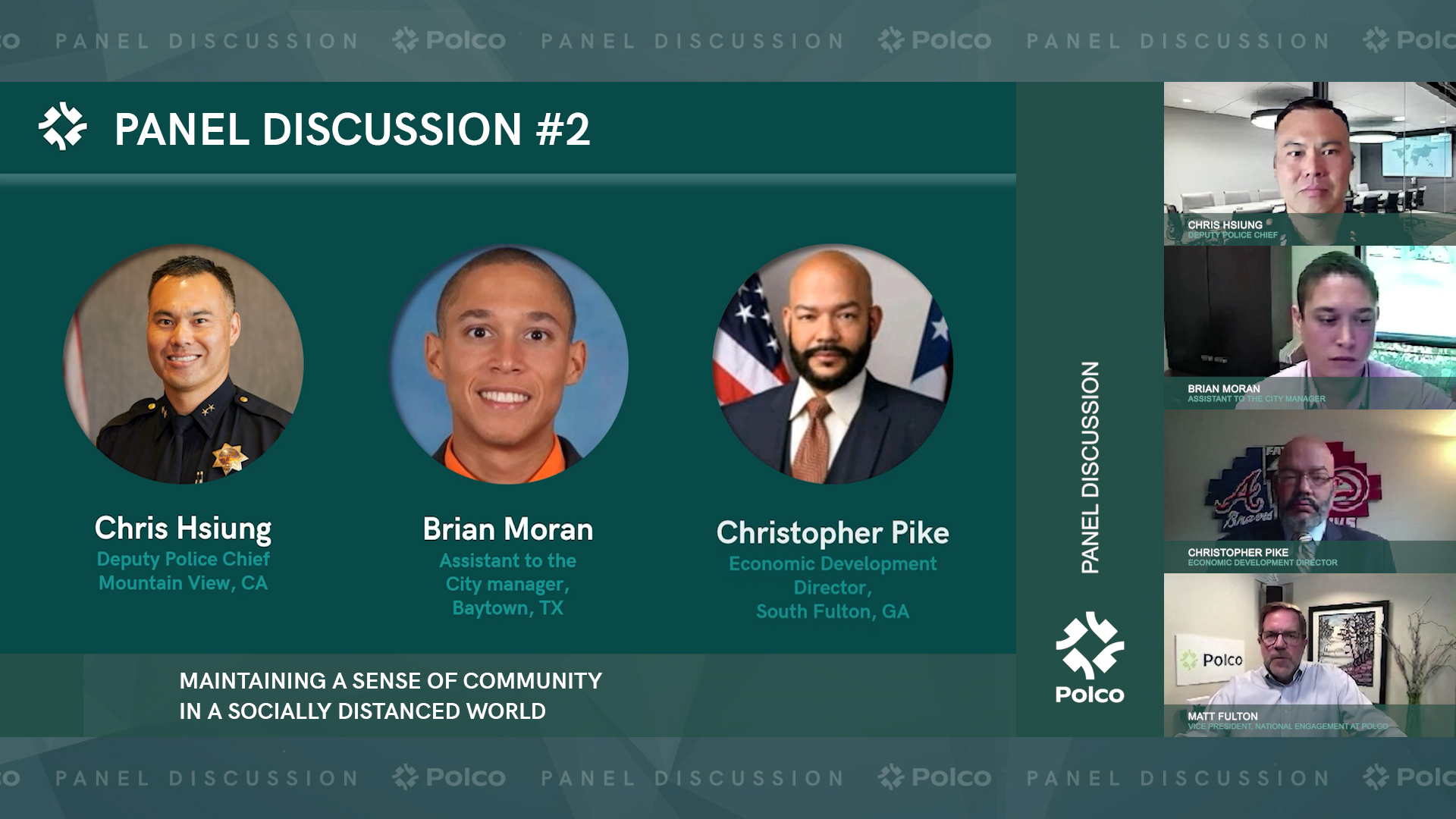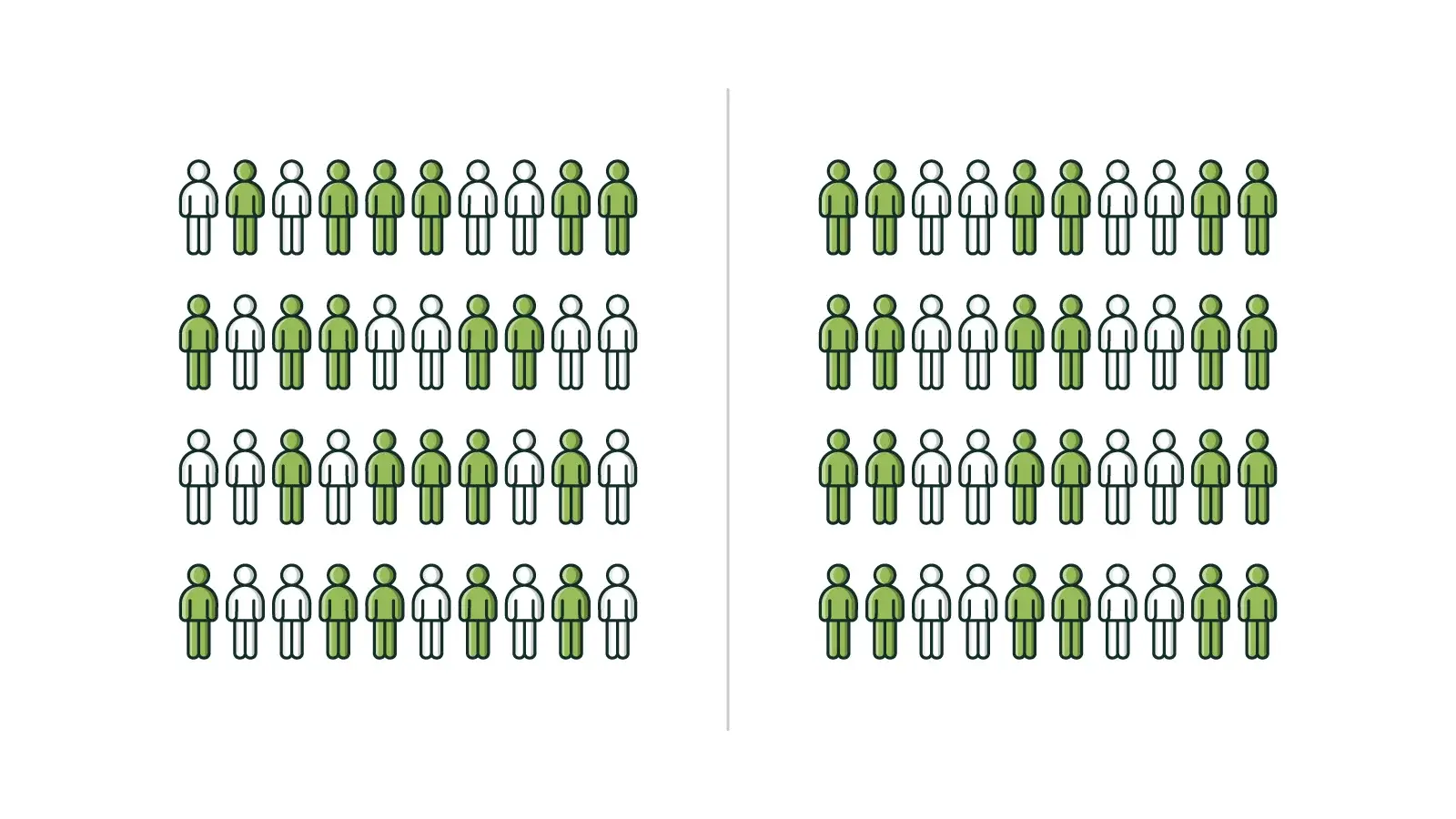We Did All the Outreach – Why Didn’t People Engage?
By Polco on July 22, 2025

TL;DR — You posted the flyer. You sent the emails. You even got local media coverage. So why did only 14 people respond to your big community survey? In 2025, outreach alone isn’t enough. Here’s how to investigate what went wrong and bounce back with a smarter, more inclusive engagement strategy.
The Frustration is Real
You spent weeks planning.
- You designed the flyer.
- You shared it on social media.
- You got coverage in the local paper.
- You even asked partner organizations to help spread the word.
And still? Crickets. Barely anyone showed up. The survey had a fraction of the responses you expected. And the comments you did get didn’t reflect the full community.
Sound familiar? You’re not alone.
Outreach ≠ Engagement
Here’s the hard truth: Just because people saw your message doesn’t mean they connected with it.
Many well-intentioned public initiatives fall flat because they check the boxes of outreach—but miss the mark on connection. The result? Wasted time, low trust, and community fatigue.
Let’s look at what might’ve gone wrong.
5 Common Causes of Outreach Failure
1. You Talked, But Didn’t Invite
“Take our survey now!”
It’s a call to action, sure, but is it a reason to care?
Outreach fails when it feels like a task rather than an invitation. Residents want to know:
- Why does this matter?
- Why now?
- What will happen with my feedback?
2. You Chose Convenience Over Relevance
Sending an email blast? Easy. But did it land in the inboxes of the people most affected?
Outreach fails when it reaches the wrong audience, or no audience at all.
- Don’t have - One-size-fits-all blast.
- Do have - Targeted messages through channels people already use (e.g. neighborhood Facebook groups, utility bill inserts, trusted community leaders).
3. The Timing Was Off
Even the best messages flop if they hit people at the wrong time:
- Right after a holiday?
- During school registration?
- Mid-storm or power outage?
Engagement requires people’s attention, and attention is limited. Outreach fails when timing is driven by internal deadlines instead of resident rhythms.
4. The Format Was Too Demanding
You may have asked for 15 minutes. Residents thought it would take 45. Or maybe the survey was mobile-unfriendly. Or the language was too complex.
- Don’t have - Long forms with jargon and unclear purpose.
- Do have - Quick polls, clear language, progress bars, and mobile-optimized experiences.
5. You Didn’t Close the Loop Last Time
If residents gave feedback before and never saw the results—or worse, nothing changed—they’re less likely to show up again.
- Don’t have - One-and-done surveys with no follow-up.
- Do have - Clear stories showing how feedback led to action.
The Recovery Plan: Rethink. Rebuild. Reengage.
Step 1: Audit Your Channels
List every platform you used—and who actually uses it. Cross-reference that with your intended audience. Then ask: What’s missing?
Look beyond government-owned media:
- Faith communities
- Parent groups
- Small business networks
- School newsletters
- Public transit ads
Step 2: Rewrite Your Message
Every message should answer:
- Why now?
- Why me?
- What happens next?
Lead with outcomes, not bureaucracy. Make the ask feel like a contribution, not a chore.
Step 3: Layer Timing with Meaning
Think about moments of high attention:
- Paycheck week
- Local elections
- Major events
Pair your outreach with what’s already on people’s minds.
Step 4: Diversify Participation Options
Let people:
- Weigh in with a 60-second poll or a full survey.
- Choose their language.
- Engage anonymously or with follow-up.
The easier you make it, the more voices you’ll hear.
Step 5: Show the Feedback → Action Loop
This is the #1 trust builder. Even if the outcome isn’t popular, showing how feedback was considered earns respect.
Use statements like:
“We heard you wanted more shade in parks. The Parks Plan now includes tree canopy targets for all new developments.”
That’s how you turn passive observers into active participants.
Final Thought: Outreach Isn’t a Checklist, It’s a Relationship
Engagement is built on trust, relevance, and repeatability. If your outreach flopped, it doesn’t mean people don’t care. It means it’s time to listen differently—and connect more meaningfully.
Want Tools That Make This Easier?
Polco helps governments:
- Reach the right residents with the right message
Collect input across multiple formats - Analyze who’s missing
- And most importantly—close the loop
Polco brings over 30 years of experience helping governments listen better, engage smarter, and act with confidence. Born from a legacy of scientific research and civic innovation, Polco has supported hundreds of communities in moving beyond performative outreach to meaningful participation. Whether it's through benchmark surveys, interactive simulations, or data-rich dashboards, Polco helps local leaders reach the residents they’ve been missing, gather input that reflects the full community, and turn that feedback into decisions people can trust. These aren’t just tools—they’re proven pathways to better governance.
Popular posts
Sign-up for Updates
You May Also Like
These Related Stories

Top Ten Things We Did in Tulsa

How Leaders from Very Different Communities Connect with Residents in a Socially-Distanced World

